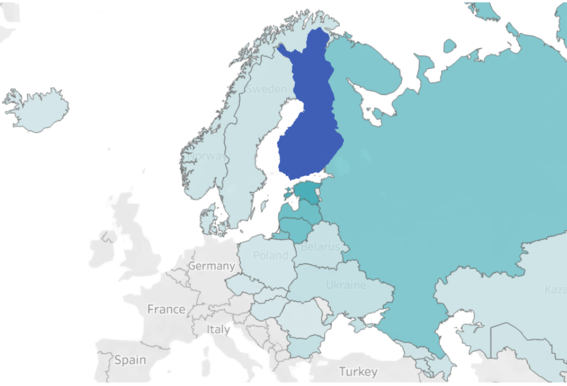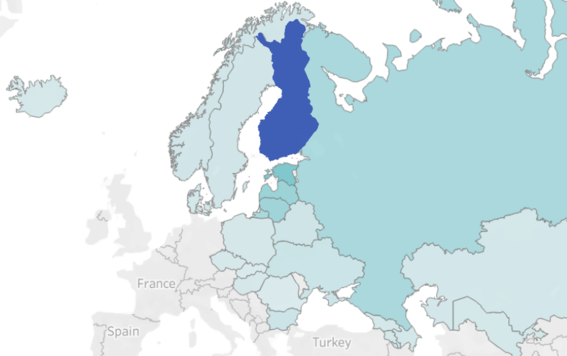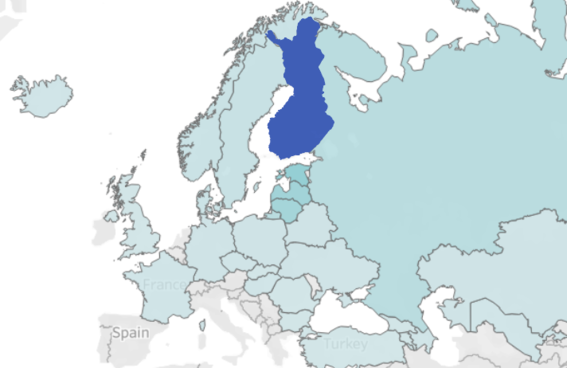Finland as a gateway to the East
Finland has been known as a gateway to the East thanks to its long-established roots in trade and commerce with Russia, Baltics and Eastern Europe. These markets became increasingly attractive to Western multinational corporations after the Soviet Union was dissolved in 1991. It was then that especially Swedish, American and German companies established their regional headquarters (RHQ) in Finland.
In the early 1990s, Finnish regional headquarters were typically responsible for market entry and managing operations in Russia, Baltics or Eastern Europe. This allowed multinational corporations to benefit from Finland’s geographical proximity and business expertise in these newly opened markets, thereby avoiding risks related to economic and political uncertainty.
We have collected data on foreign-owned subsidiaries and their regional headquarters responsibilities for almost 30 years.




